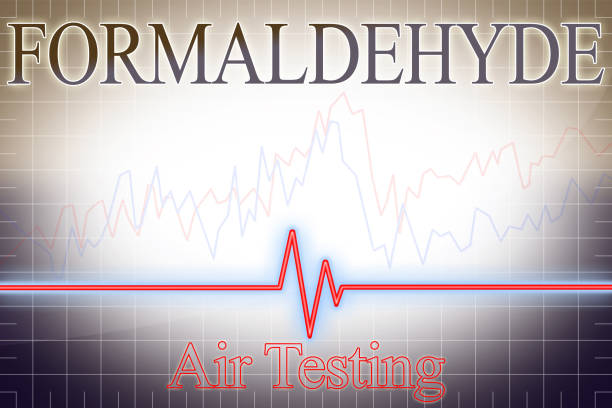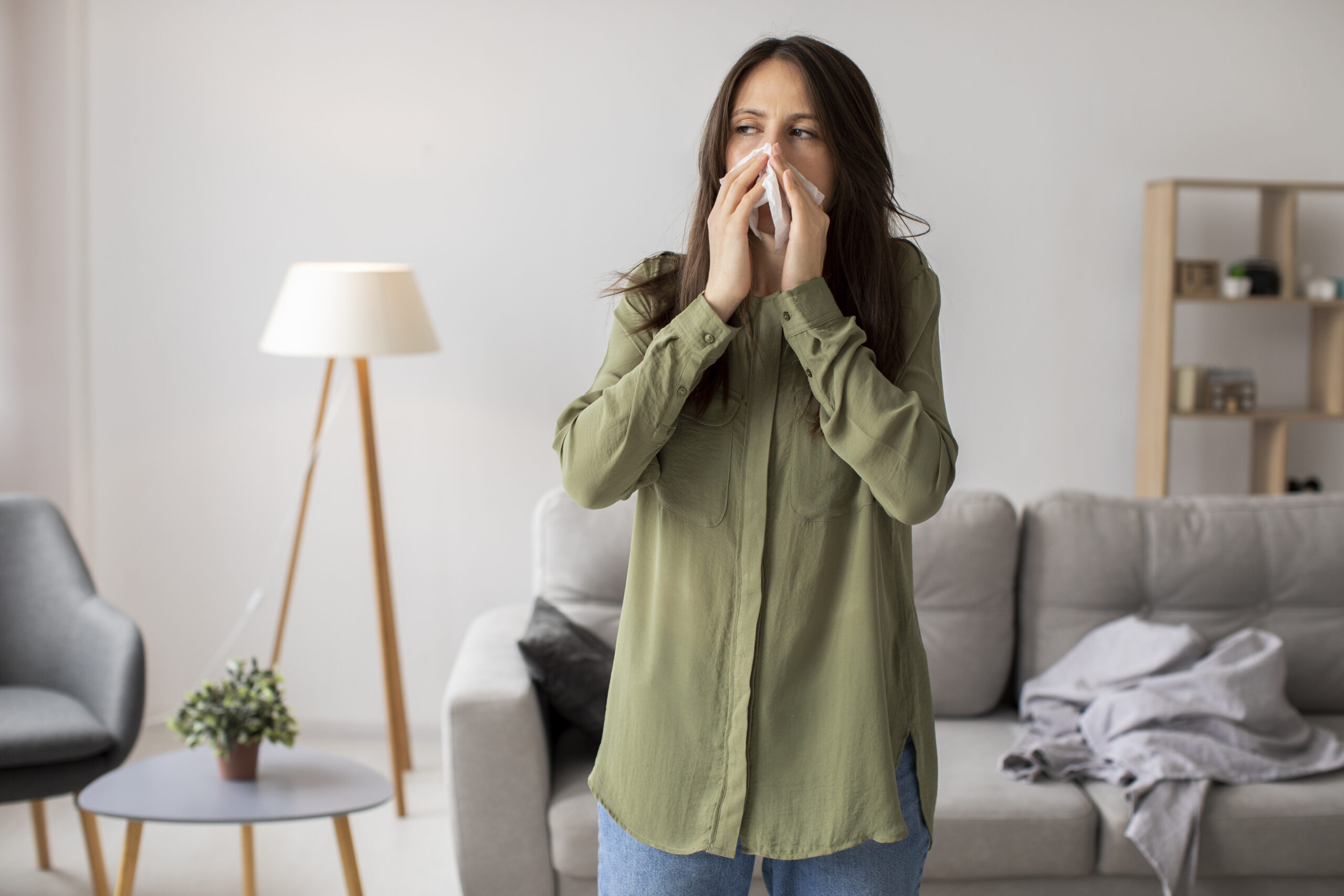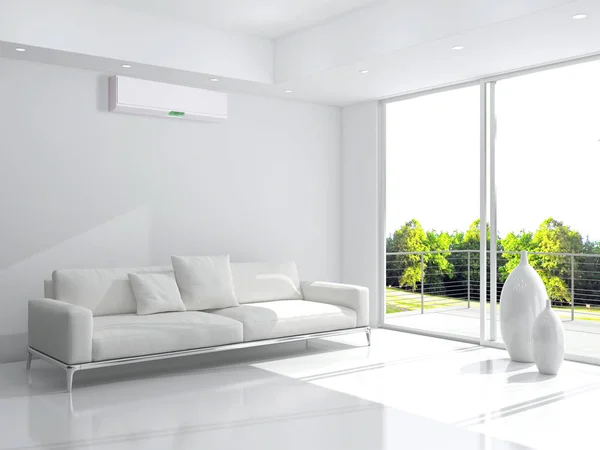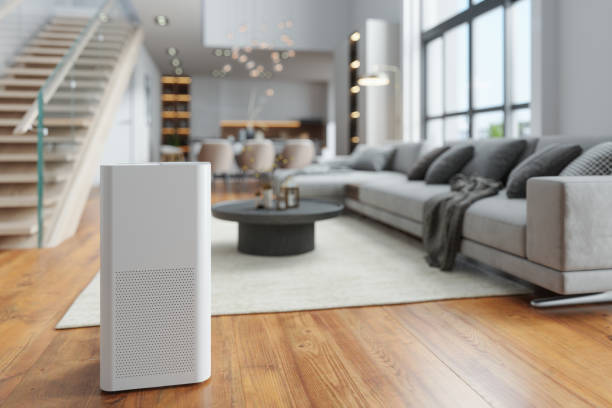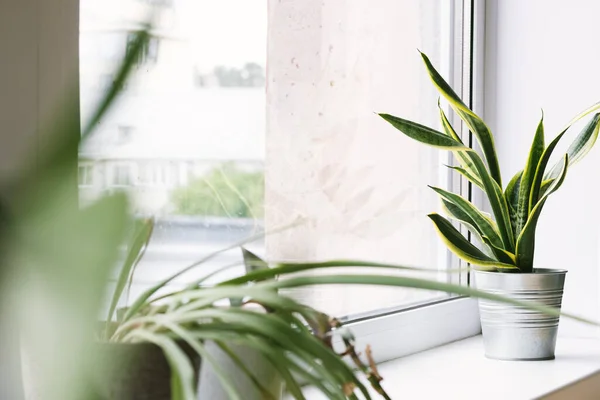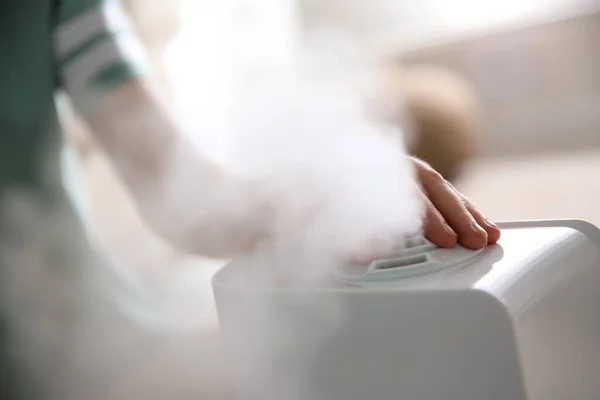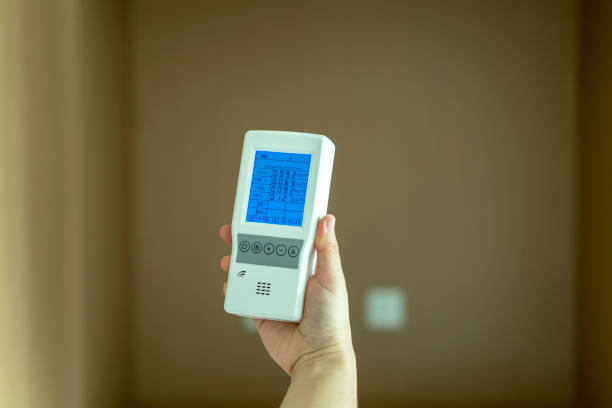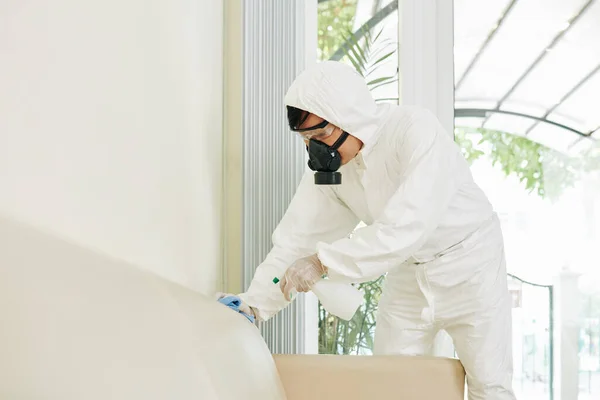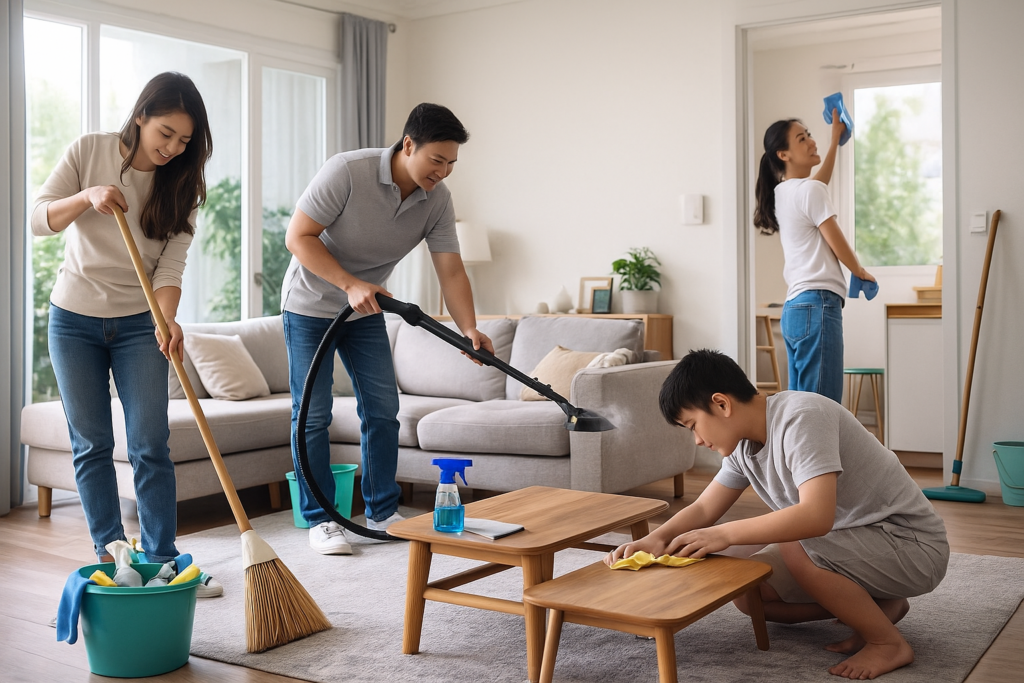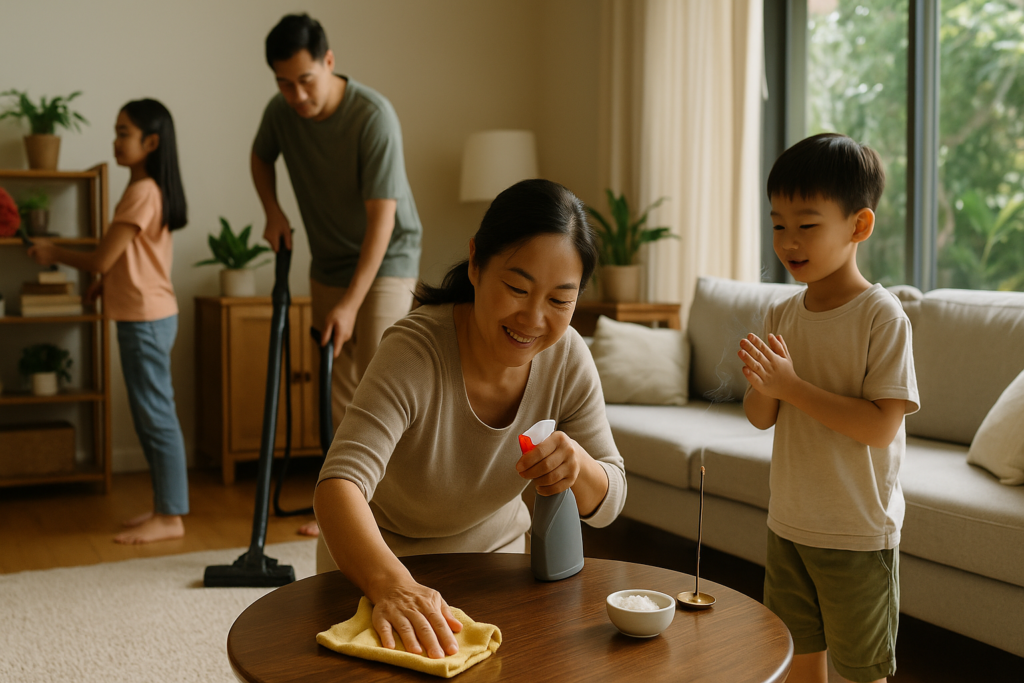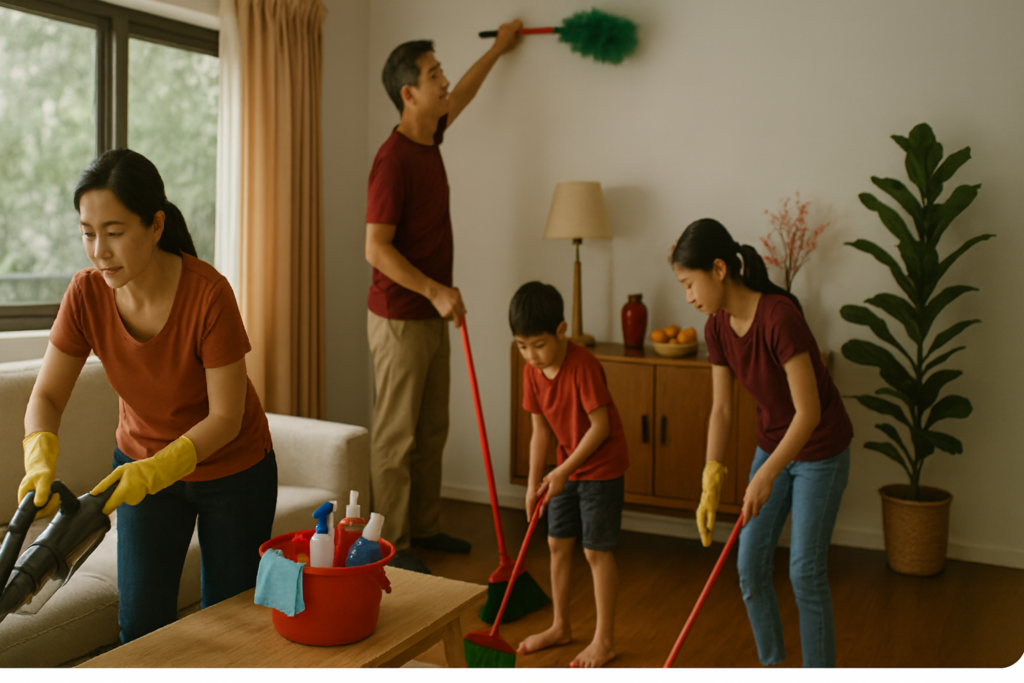Have you recently renovated your home and noticed a lingering, unpleasant smell? Or maybe you’re concerned about the potential health risks lurking in everyday household products. If so, you’re not alone. Many people are unaware of the hidden dangers of formaldehyde in their homes and how it can impact indoor air quality. In this post, we’ll explore what formaldehyde is and how to remove formaldehyde effectively.
By the end, you’ll have learned practical tips and strategies to keep your indoor environment healthy and safe for you and your family. Whether you’re a concerned homeowner, a health-conscious individual, or someone passionate about environmental activism, this guide will provide valuable insights into a common yet often overlooked issue.
What Is Formaldehyde and Where Does It Come From?
Formaldehyde is a colourless, strong chemical commonly used in building materials and household products and classified as a volatile organic compound (VOC). It may result in immediate symptoms, including:
- Respiratory issues;
- Eye, nose and throat irritation;
- Coughing;
- Headaches;
- Dizziness and nausea;
- Skin rashes; and
- Even some types of cancer with prolonged exposure.
The risk of formaldehyde exposure is particularly high during renovations when new materials are introduced into the home. Understanding the sources of formaldehyde is crucial for mitigating its effects.
Formaldehyde has a pungent, irritating odour often described as similar to that of strong disinfectants. If you notice this smell in your home, it may indicate elevated levels of formaldehyde.
If you’re concerned about formaldehyde in your home, it’s important to understand where it might be present. Formaldehyde contamination is commonly found in the following household items and areas:
- Furniture and cabinets made from pressed wood products, such as particleboard, plywood, or medium-density fibreboard (MDF), are often treated with adhesives and resins that contain formaldehyde. As these materials age, they can release formaldehyde gas into the air, contributing to indoor pollution.
- New carpets and rugs can be a hidden source of formaldehyde. They are often treated with stain resistants and other chemicals that include formaldehyde, posing a risk to indoor air quality as they off-gas over time.
- Many paints and varnishes used in home decor and renovation projects contain formaldehyde as a preservative or stabiliser. While the strong scent of paint often fades after a few days, formaldehyde emissions can continue for weeks or even months, especially with poor ventilation.
- Everyday cleaning agents, including disinfectants and deodorisers, often contain formaldehyde to enhance their effectiveness and shelf life. Using these products regularly can introduce formaldehyde into your home environment.
- Wallpapers and adhesives used for home improvement may also release formaldehyde. The binding agents in wallpaper paste can off-gas formaldehyde, and this chemical process can be slow, leading to prolonged indoor pollution.
- Some insulation materials, particularly those containing urea-formaldehyde, can release formaldehyde into the home. These materials are used in walls, roofs, and other parts of the house, potentially affecting air quality for the long term.
These sources contribute to indoor air pollution, and it’s important to identify and address them to ensure a safer living environment.
How to Remove Formaldehyde from Your Home, Even After Renovation
Removing formaldehyde from your home requires a strategic approach, especially after renovations. Testing for formaldehyde levels is crucial before taking any removal action. Renovations often involve materials that can off-gas formaldehyde, such as new flooring, cabinetry, and paints, which can last for weeks or even months.
In addition to testing, it’s important to maintain ongoing efforts to ensure clean air in your home. Regular maintenance and awareness of potential sources can significantly reduce formaldehyde exposure. Let’s explore practical ways you can take to remove formaldehyde and improve your indoor environment.
Increase Ventilation
Proper ventilation is key to reducing formaldehyde levels in your home. Here’s how to improve airflow:
- Open windows to let in fresh air.
- Use exhaust fans in kitchens and bathrooms.
- Create cross-ventilation by opening doors and windows on opposite sides of your home.
These methods not only help during or after renovations but are also useful as a long-term solution for air circulation and reducing indoor pollution.
Invest in Air Purifiers
Air purifiers equipped with HEPA (high efficiency particulate air) and activated carbon filters are excellent for capturing airborne particles and highly addressing formaldehyde. Air purifying systems can absorb and neutralise these harmful chemicals. Be sure to choose a purifier designed for VOC removal to maximise effectiveness.
Use Air Purifying Plants
Certain houseplants, such as aloe vera, peace lilies, spider plants, and weeping figs, are known for their air-purifying abilities. These plants can absorb small amounts of formaldehyde and improve the overall air quality in your home. Adding a few of these to your living spaces can offer natural, low-maintenance support in reducing formaldehyde levels.
Control Indoor Humidity
High humidity can increase formaldehyde emissions. Using a dehumidifier to keep indoor humidity levels between 30% and 50% can help reduce the off-gassing of VOCs. A study found that relative humidity significantly affects the concentration of formaldehyde emissions from building materials, with higher humidity levels leading to increased emissions. By maintaining optimal humidity, you can reduce the rate at which formaldehyde is released into the air.
Remove or Replace Formaldehyde Emitting Products
For a long-term solution, consider removing or replacing formaldehyde-emitting items such as pressed-wood furniture or synthetic carpets. When purchasing new furniture or materials, opt for formaldehyde-free products. Additionally, formaldehyde-blocking sealants can be applied to existing surfaces, such as cabinetry, to reduce off-gassing.
Test for Formaldehyde Post-Renovation
After renovations, it’s important to test your home again for formaldehyde. DIY kits are effective for a quick check, but for a more comprehensive assessment, you might consider hiring professionals. Testing will give you peace of mind and help you decide if further steps are necessary.
Apply Low-VOC Sealants to Renovated Areas
Newly renovated areas often emit formaldehyde due to the materials used. Applying low-VOC sealants to floors, cabinets, and walls can help trap the formaldehyde, reducing its release into your home. These sealants provide a protective barrier, ensuring a healthier living environment.
Implement Long-Term Prevention Strategies
Preventing formaldehyde buildup in future renovations involves a comprehensive plan. Opt for materials that are certified formaldehyde-free and establish a routine for continuously monitoring air quality. Incorporating these strategies into renovation plans helps maintain a healthier home environment over time, reducing the risks associated with VOC exposure.
Natural and DIY Methods to Remove Formaldehyde
Here are several effective natural and DIY methods to mitigate formaldehyde levels in your home.
1. Baking soda is a powerful odour absorber that can help reduce formaldehyde smells. By placing bowls of baking soda around your home, you can effectively absorb odours associated with formaldehyde. The alkaline nature of baking soda allows it to interact with and neutralise acidic VOCs, making it an excellent choice for deodorising spaces.
To utilise baking soda:
- Sprinkle a generous amount on surfaces or in containers around the home.
- Leave it for a few hours or overnight to allow it to absorb the odours.
- Vacuum or sweep up the baking soda afterwards.
2. Dust accumulation can trap formaldehyde particles, increasing indoor air pollution. Regular dusting and vacuuming are essential to keep your home clean and free from dust that may contain VOCs. Using a HEPA filter vacuum cleaner is particularly effective, as these filters can trap smaller particles that regular vacuums might miss.
To maintain a dust-free environment:
- Dust surfaces weekly with a damp cloth.
- Vacuum floors and upholstery regularly using a HEPA filter vacuum.
3. Vinegar solution is another natural option for reducing formaldehyde odours. While it won’t completely eliminate formaldehyde from the air, it can help mask unpleasant smells, especially in enclosed areas., especially in enclosed areas.
To use vinegar:
- Dilute one part vinegar with three parts water in a spray bottle.
- Spray the solution lightly on fabrics or surfaces where odours are present.
- Allow the area to air dry; the vinegar smell will dissipate, taking some of the formaldehyde odours with it.
Switching to natural, non-toxic cleaning products is an effective strategy for reducing indoor air pollution. Many conventional cleaning products contain VOCs that contribute to formaldehyde levels. DIY solutions using vinegar, baking soda, and essential oils not only clean effectively but also promote a healthier living space.
How to Keep Your Home Formaldehyde-Free During Future Renovations
Preventing formaldehyde exposure during renovations requires a strategic approach centred on careful material selection, effective ventilation, and stringent air quality control. By addressing these key areas, you can reduce the risk of adding harmful VOCs to your living environment.
- The first step in mitigating formaldehyde exposure is selecting materials that are inherently low in VOC emissions. Opt for certified products, such as furniture, flooring, and cabinetry that are verified to be free from formaldehyde or contain minimal levels. Many construction and furniture manufacturers now offer formaldehyde-free options, clearly labelled for consumer assurance. Additionally, considering alternatives like solid wood or metal, which naturally contain less formaldehyde, can further enhance your air quality.
- Ventilation is critically important throughout the renovation process to disperse and expel any chemical emissions. Before beginning renovations, evaluate the ventilation systems in place. Employ strategies such as opening windows and using fans to enhance airflow, ensuring that any formaldehyde released during the renovation does not linger indoors. Installing temporary ventilation systems or upgrading your current setup can also maintain better air quality. It’s crucial to continue these practices during and after the renovation to facilitate the elimination of potential pollutants.
- Incorporating advanced air quality control technologies during renovations can proactively manage indoor VOC levels. Air purifiers with activated carbon or formaldehyde-specific filters should be placed strategically around the renovation site to continuously clean the air. These devices efficiently capture gaseous pollutants, significantly reducing the concentration of harmful substances. Monitoring devices that gauge airborne VOC levels can provide immediate feedback on air quality, allowing for quick intervention when necessary.
- A clean work area is vital in controlling indoor pollution during renovations. Regularly removing debris and dust that may contain formaldehyde helps limit secondary exposure. It is essential to use vacuum cleaners with HEPA filters to capture fine particles effectively.
- Undertaking renovations during milder weather conditions when you can easily ventilate your home naturally can be beneficial. Scheduling projects in seasons when it’s comfortable to keep windows and doors open maximises natural ventilation and aids in the swift dispersal of emitted chemicals.
- Finally, make sure that all contractors involved in the renovation process know the importance of selecting low-VOC materials and adhering to best practices for a healthier home environment. Clear communication about your commitment to keeping formaldehyde levels low can foster cooperation and ensure everyone works towards the same objective.
How Long Does It Take To Move In After Renovation
The time required to move in after renovations can vary based on the materials used and their emission rates. Typically, it’s advisable to wait a few days to a few weeks for formaldehyde levels to decrease. Children, the elderly, and pregnant women are more sensitive to formaldehyde exposure, so extra caution is warranted.
Monitoring formaldehyde levels before moving in is essential to ensure a safe environment. Taking the time to allow emissions to decrease can provide peace of mind and protect vulnerable family members from potential health risks.
Professional Services for Formaldehyde Removal
While homeowners can implement many formaldehyde mitigation strategies, there are instances where professional intervention becomes essential. Homes with consistently high formaldehyde levels, despite routine measures, may require expert assessment and remediation. Persistent issues often indicate underlying sources of emissions that are not easily accessible or manageable with basic DIY methods.
Total Cleanz Singapore offers comprehensive Formaldehyde Removal Services tailored to address stubborn VOC issues effectively. Our expertise encompasses advanced techniques such as deep cleaning and specialised air purification treatments designed to target and eliminate formaldehyde. Our professional team uses state-of-the-art technologies and environmentally conscious products, ensuring optimal results for any residence. Our services ensure a thorough cleanup of your indoor spaces, eliminating toxic contaminants and pungent odours instantly while restoring healthy air quality.
Final Thoughts
When it comes to indoor formaldehyde, it’s essential to deploy multiple approaches, such as improving ventilation, using air purifiers, and opting for formaldehyde-free products.
Integrating diverse formaldehyde removal techniques into household maintenance is crucial for reducing indoor pollution and ensuring a healthier living environment. More actions are needed to protect your home from long-term exposure.
Investing in the right combination of removal methods is key to tackling formaldehyde and improving indoor air quality. If you’re looking for professional assistance, Total Cleanz offers comprehensive formaldehyde removal services, providing expert support for deep cleaning and air purification. Reach out to Total Cleanz today for a cleaner, safer home!

